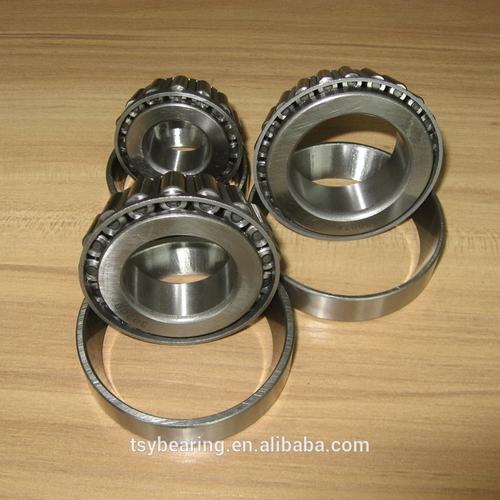Understanding and Reducing Tapered Roller Bearing Noise Levels: A Comprehensive Guide
Tapered roller bearing noise levels can significantly impact the performance and longevity of machinery. Understanding the causes and solutions for excessive noise is essential for maintaining optimal operation and preventing premature wear.
Table of Contents
1. tapered roller bearing noise causes2. how to reduce tapered roller bearing noise
3. tapered roller bearing noise measurement
4. tapered roller bearing noise standards
Tapered roller bearing noise levels can significantly impact the performance and longevity of machinery. Understanding the causes and solutions for excessive noise is essential for maintaining optimal operation and preventing premature wear.
1. tapered roller bearing noise causes

Tapered roller bearing noise can stem from various factors, including improper lubrication, misalignment, and contamination. Inadequate lubrication leads to increased friction, resulting in higher noise levels. Misalignment causes uneven load distribution, which can generate abnormal sounds. Contaminants like dirt or metal particles can damage bearing surfaces, leading to noise. Additionally, wear and tear over time can exacerbate these issues. Regular maintenance and proper installation are crucial to minimize noise. Understanding these causes helps in diagnosing and addressing noise problems effectively. Implementing preventive measures can extend bearing life and improve machinery performance. Always ensure bearings are properly lubricated and aligned to reduce noise.
2. how to reduce tapered roller bearing noise
Reducing tapered roller bearing noise involves several strategies. First, ensure proper lubrication with the right type and amount of grease. Misalignment should be corrected to distribute loads evenly. Regular cleaning prevents contamination, which can cause noise. Using high-quality bearings designed for low noise operation is also beneficial. Vibration dampening techniques can further reduce noise levels. Regular inspections help identify issues before they escalate. Implementing these measures can significantly lower noise and enhance bearing performance. Proper maintenance is key to achieving quiet and efficient operation. Always follow manufacturer guidelines for optimal results.
3. tapered roller bearing noise measurement
Measuring tapered roller bearing noise is essential for diagnosing issues. Specialized equipment like vibration analyzers and sound level meters are used. Noise levels are typically measured in decibels (dB). Frequency analysis helps identify specific noise sources. Regular monitoring can detect early signs of wear or damage. Comparing measurements to baseline data aids in assessing bearing health. Accurate noise measurement ensures timely maintenance and prevents failures. Proper techniques and tools are crucial for reliable results. Always follow industry standards for noise measurement to ensure consistency.
4. tapered roller bearing noise standards
Tapered roller bearing noise standards ensure consistent performance and safety. Organizations like ISO and ANSI set these standards. They define acceptable noise levels and measurement methods. Compliance with standards ensures reliability and longevity. Manufacturers adhere to these guidelines to produce quality bearings. Regular testing against standards helps maintain performance. Understanding these standards aids in selecting the right bearings. Always verify that bearings meet relevant noise standards for your application.
Tapered roller bearing noise levels are a critical aspect of machinery performance. By understanding the causes, measurement techniques, and reduction strategies, you can ensure optimal operation. Compliance with noise standards further enhances reliability. Implementing these practices will lead to quieter, more efficient machinery. Regular maintenance and proper installation are key to minimizing noise and extending bearing life.




 13869596835
13869596835